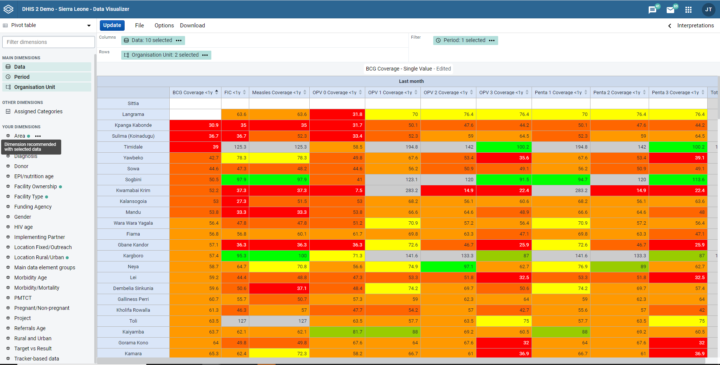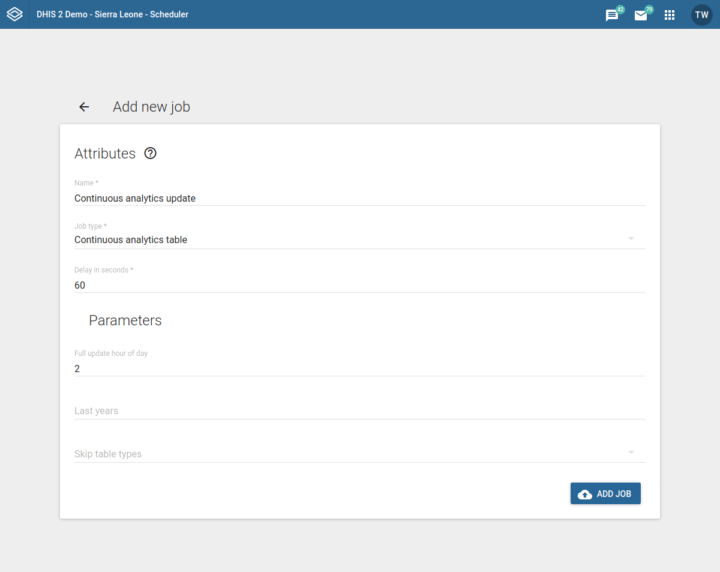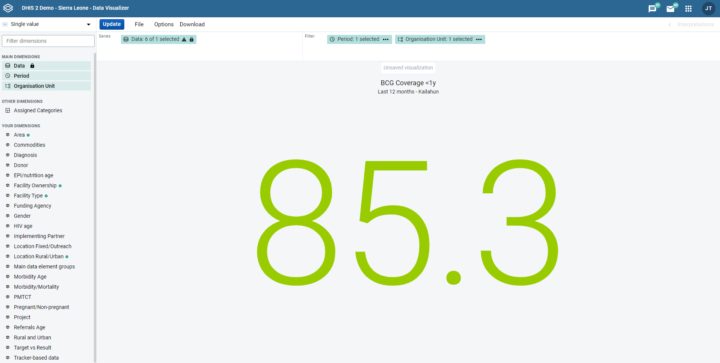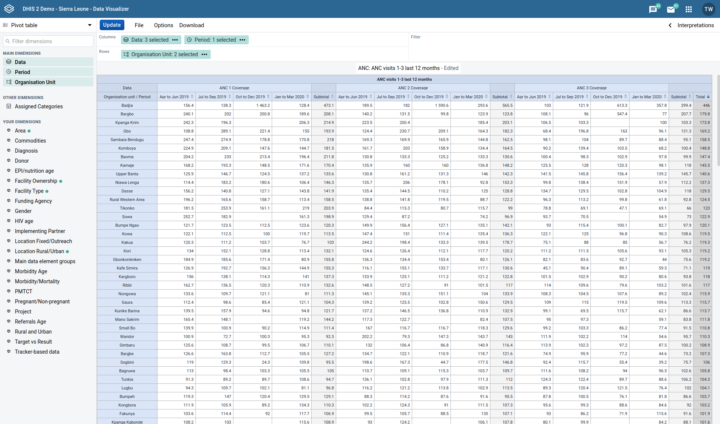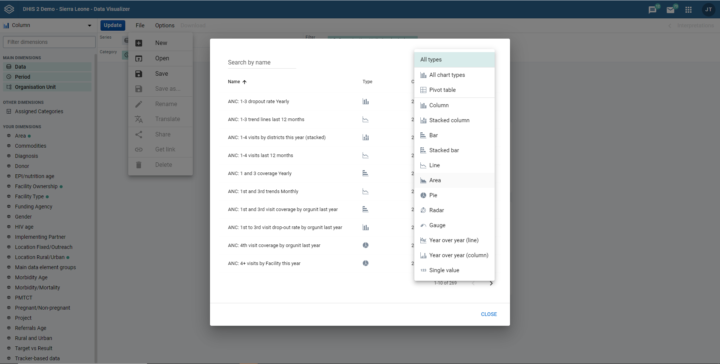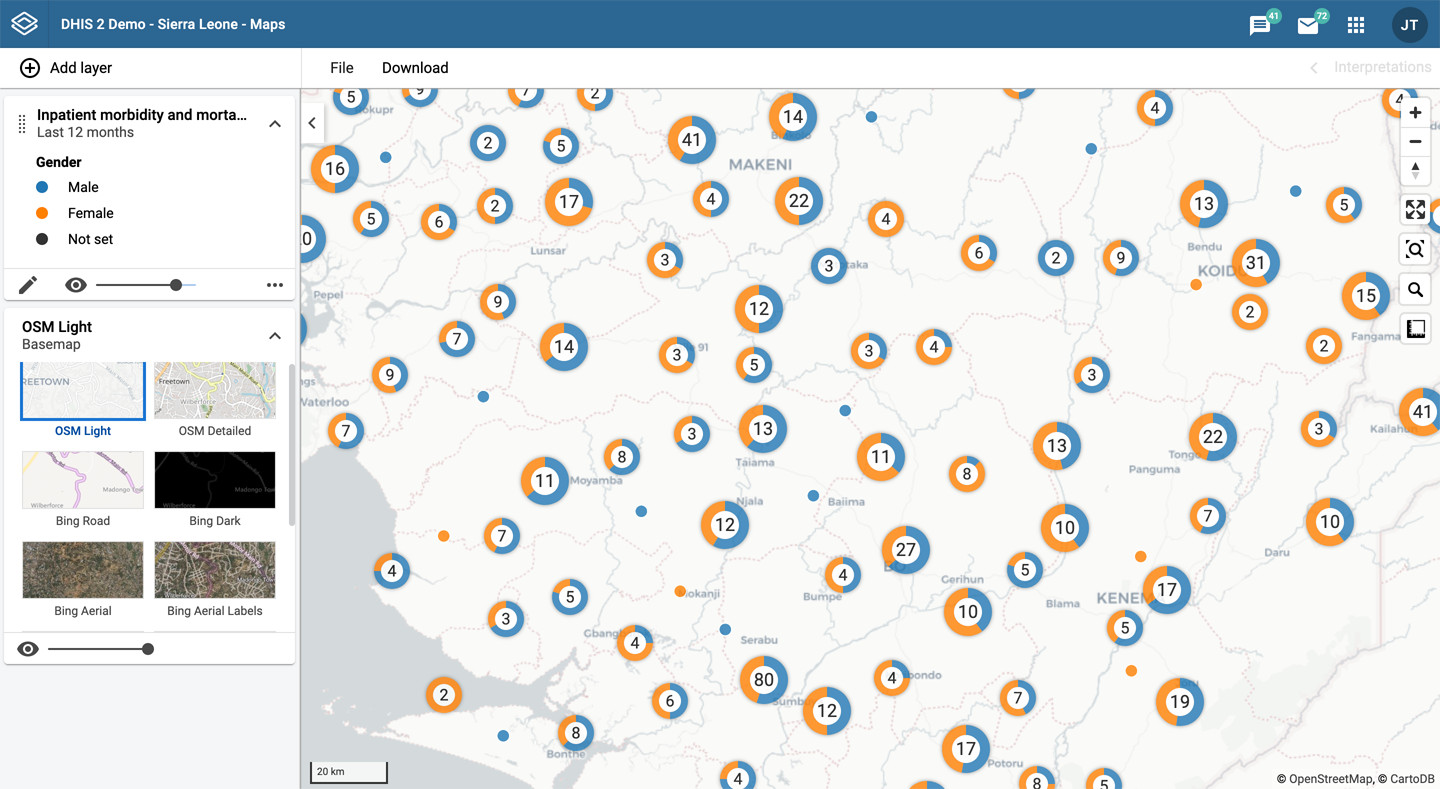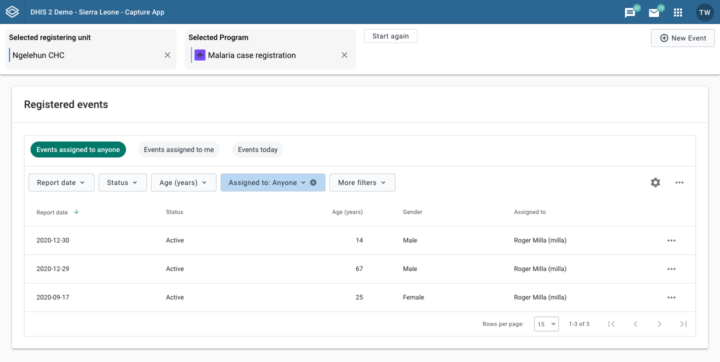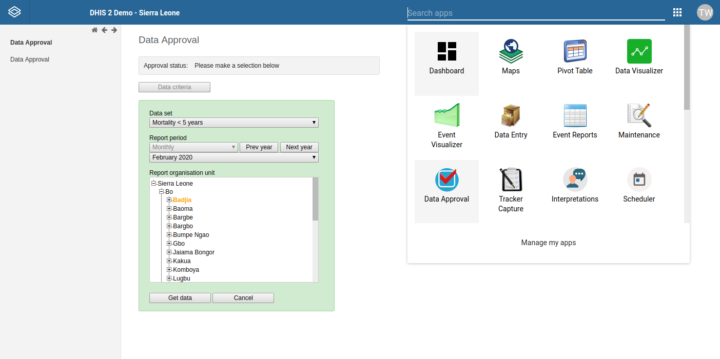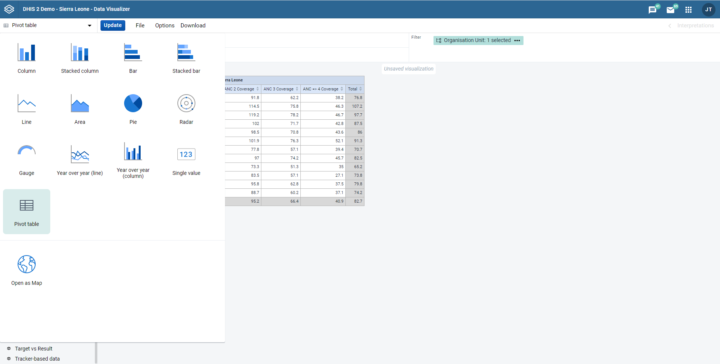
Pivot tables in Data visualizer app
The Data visualizer app now supports pivot tables, meaning the functionality of the pivot table app is merged into the data visualizer app. A pivot table is now just another visualization type within the data visualizer app. This provides users with a more intuitive experience for building pivot tables, and it more seamlessly allows moving between pivot tables and other chart types. The performance of pivot tables is also dramatically improved, allowing for very large pivot tables with at least three times more data than the classic pivot table app.
[ Video ][ Screenshot 1 | 2 | 3 ][ Jira ]
